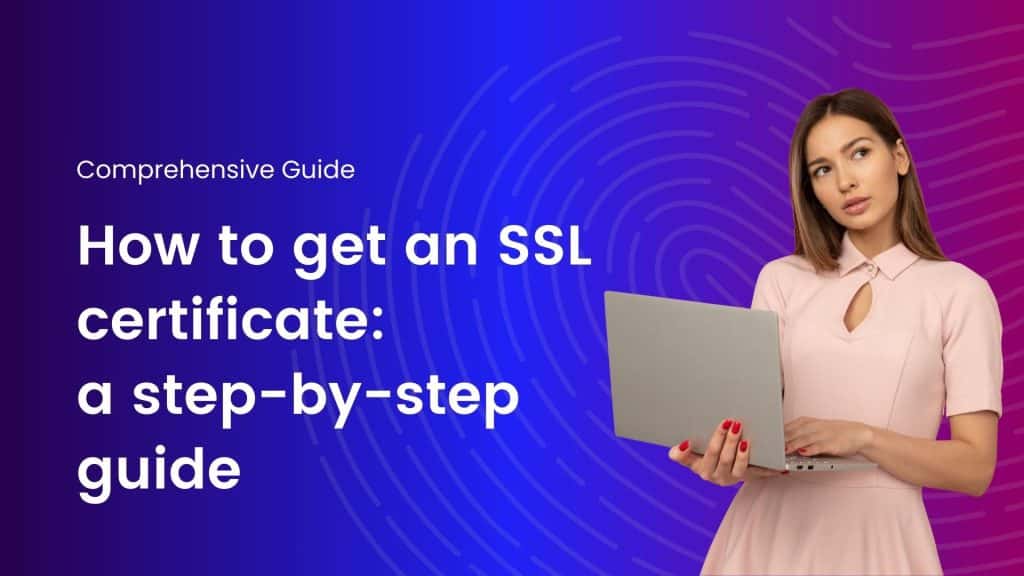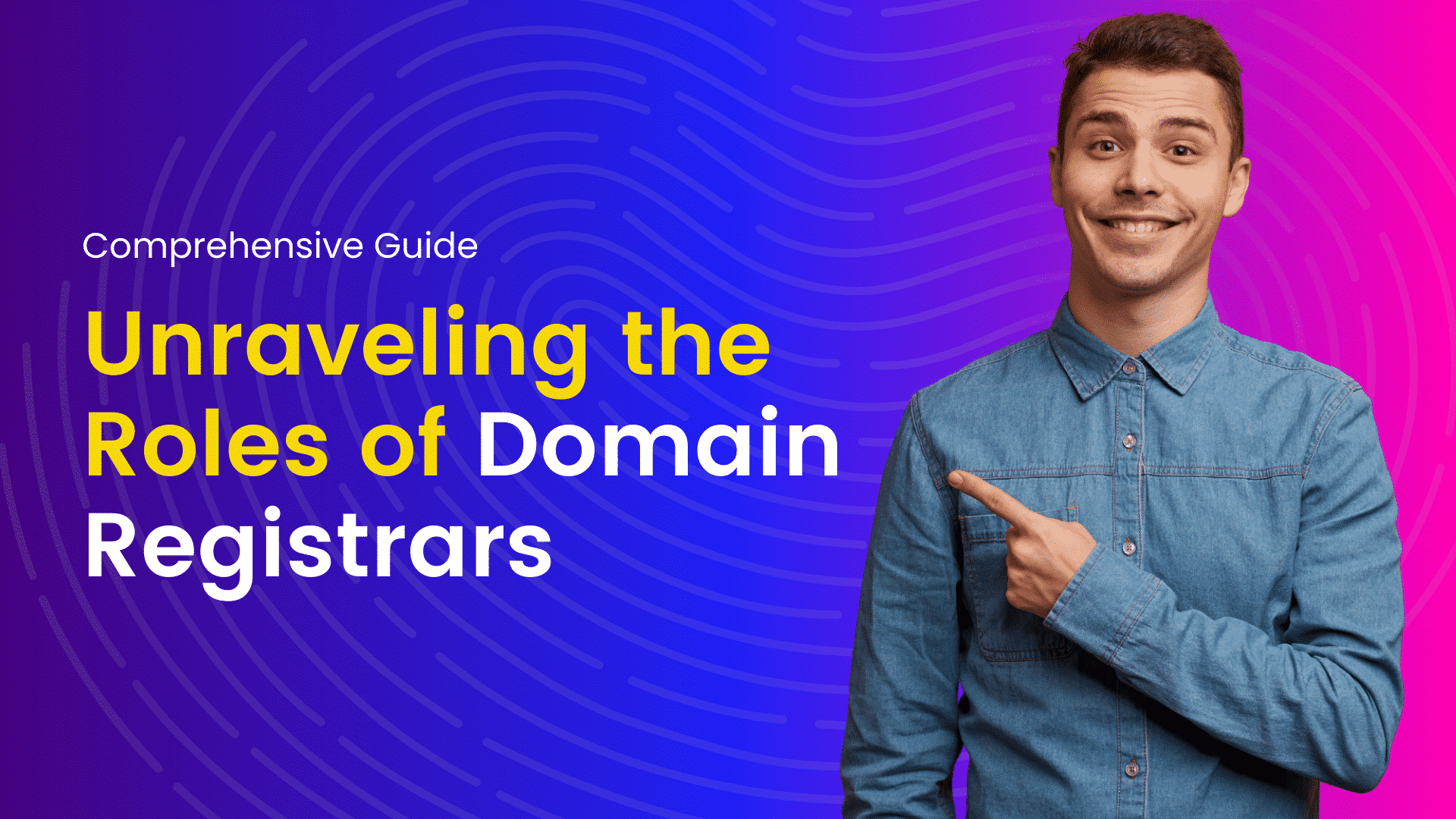If you run a website you should definitely know how to get an SSL certificate. An SSL (Secure Sockets Layer) certificate encrypts all the data between a user’s browser and your server, ensuring secure transactions and protecting sensitive information. But how do you get an SSL certificate? How to install it? In this guide, we will teach you how to get an SSL certificate in a very easy way.
What is an SSL certificate?
An SSL (Secure Sockets Layer) certificate is a protocol used to transmit sensitive data over the Internet. TLS, or Transport Layer Security, is the modern version of SSL, although SSL is still commonly used in the industry. An SSL certificate is a digital file that contains website security information. An SSL certificate is a digital file containing website security information, sites domain name and company name.
The Benefits of SSL
- Enhanced Security: Protects sensitive information such as credit card details and personal information.
- SEO Benefits: Search engines like Google give priority to secure websites which helps in improving your site’s ranking.
- Increased Trust: Visitors see the padlock icon in the address bar and feel more confident in your site.
- Compliance: SSL is essential for meeting critical standards such as PCI DSS for secure online transactions.
Step-by-Step Guide to Getting an SSL Certificate
Here’s a step-by-step guide to getting an SSL certificate:
Choose the Right SSL Certificate for Your Needs
Choose an appropriate SSL certificate for your site. Hostao offers a range of SSL certificates to suit different requirements:
- Domain Validated (DV): A domain validation certificate is a common type. They are very easy to get but only if you check the ownership of the domain.
- Organization Validation (OV): Organization Validation certificate that provides a higher level of security and trust compared to Domain Validated (DV) certificates. It also verifies your domain ownership. It requires a validation process where the certificate authority checks the organization’s legal existence and operational status.
- Extended Validation (EV): Extended Validation certificate offers highest level of security and trust. It requires extensive verification of the organization’s identity before issuance, ensuring that visitors see a green address bar or a similar visual indicator in their browser, which helps build trust and assures them that the website is legitimate and secure.
Purchase Your SSL Certificate
Visit your hosting provider’s website, such as Hostao. Select the type of SSL certificate you need and complete the purchase. Three types of SSL certificates, each designed for different needs:
Single Domain Certificate: It is suitable for small businesses with a single website and does not include additional subdomains.
Wildcard Certificate: It covers only one domain and its subdomains, not multiple separate domains.
Multi-Domain Certificate: It secures multiple domains or subdomains (eg up to 5 different domains) with a single certificate. Ideal for businesses with multiple websites or a mix of domains and subdomains. If you manage several websites, opting for a multi-domain SSL certificate can be a smart decision.
Verify Your Website
Make sure that all the details related to your domain are accurate. This includes checking your contact information, name servers, and other related settings. This information is very important because it ensures that your domain is properly registered and that you are the rightful owner of it. It also helps the certificate authority to verify your identity when you apply for an SSL certificate.
Generate a Certificate Signing Request (CSR)
This is a digital file that contains information about your company and website. To apply for your SSL certificate, you need to generate a CSR from your web hosting control panel. Here’s a quick overview:
- Log in to your hosting account.
- Find the SSL/TLS section in your control panel.
- Generate a CSR by entering your domain details.
- Save the CSR; you’ll need it for the next step.
Submit the CSR and Complete the Validation Process
Submit the CSR to your chosen CA. They will verify your information and send you SSL certificate files. You follow their instructions to complete the validation process, which may include verifying domain ownership.
Install the SSL Certificate
Once you’ve downloaded your SSL certificate files, the next step is to set them up on your server. Here’s a basic guide:
- Access your hosting control panel.
- Navigate to the SSL/TLS section.
- Upload the certificate files provided by your CA.
- Install and activate the certificate.
Test Your SSL Installation
Once you’ve installed your SSL certificate, the next step is to set up a redirection from HTTP to HTTPS. This ensures that all visitors to your site use the secure, encrypted HTTPS version.
After installation, ensure everything is working correctly:
- Visit your website with
https://to check if it’s secure. - Use online tools like SSL Labs’ SSL Test to verify the installation and check for any issues.
Update Internal Links and Resources
Make sure all your website’s internal links use https:// instead of http:// to avoid mixed content issues and ensure all resources are secure.
Conclusion
Securing your website with an SSL certificate is an essential step towards protecting your visitors and building trust. Follow these steps to get your SSL certificate and make your site more secure today.
Need help with SSL certificates? Hostao offers comprehensive hosting solutions with SSL certificates included. Get started now and ensure your website’s security with ease!
As a master's graduate in Computer Science, I blend my technical expertise with a passion for crafting content that simplifies complex topics. My focus is on creating clear, engaging material that resonates with a diverse audience. By staying current with trends in SEO, social media, and content strategy, I aim to produce content that not only educates but also connects, bridging the gap between technology and its users.



















